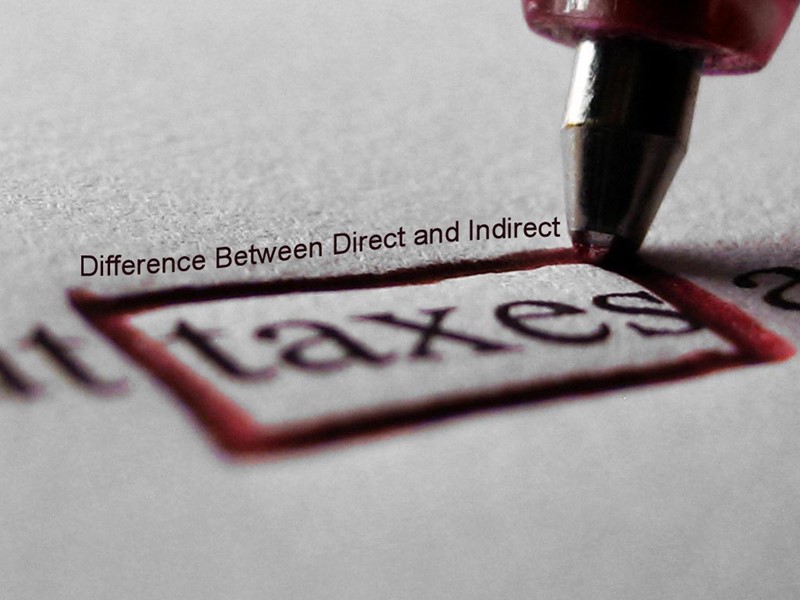
Tax rates do vary dramatically depending on which country you live in. The accountancy firm PricewaterhouseCoopers (PWC) has crunched the numbers for the G20 nations.
For each country, they calculated how much a high earner on a salary of $400,000 (£240,000) in 2013, with a mortgage of $1.2m (£750,000), would have left after all income tax rates and social security contributions.
They assume this person is married with two children, one of them aged under six.
These are their findings. In each country, the wage earner takes home the following proportion of his or her salary.
Italy - 50.59% (takes home $202,360 out of $400,000 salary)
India - 54.90%
United Kingdom - 57.28%
France - 58.10%
Canada - 58.13%
Japan - 58.68%
Australia - 59.30%
United States - 60.45% (based on New York state tax)
Germany - 60.61%
South Africa - 61.78%
China - 62.05%
Argentina - 64.02%
Turkey - 64.64%
South Korea - 65.75%
Indonesia - 69.78%
Mexico - 70.60%
Brazil - 73.32%
Russia - 87%
Saudi Arabia - 96.86% (so you take home $387,400 out of the $400,000 salary)
In most of these 19 rich countries (the 20th member is the EU) the take-home pay is between $230,000 - $280,000.
But one important thing to consider when comparing the top rate levels of tax is the threshold where the rate kicks in, because the differences are massive.
"In the UK, the 45% top rate of tax kicks in at an income level of around $250,000 (£151,000) compared to Italy where the top rate of 43% comes in at $125,000," says Ben Wilkins, a tax partner at PWC.
Outside the G20, the Danish government taxes workers at 60% on all earnings over $60,000.
Most of us can only dream of earning a salary that would attract the top rate of tax, so what about ordinary earners?
It is difficult to compare tax rates. Income tax is only one tax - most of us will pay other kinds of tax, like social security, and those with children might get some tax relief.
The statisticians at the Organisation for Economic Cooperation and Development (OECD) have done some analysis of average salaries.
"At the top end of the distribution we have Belgium where single people pay 43% of earnings in income tax and social security contributions (or national insurance), followed by Germany with 39.9%," says Maurice Nettley, head of tax statistics at the OECD. "The lowest rates are paid in Chile at 7% and Mexico at 9.5%."
These tax rates apply to single people with no children, on an average salary for their country.
Belgium - 42.80%
Germany - 39.90%
Denmark - 38.90%
Hungary - 35%
Austria - 34%
Greece - 25.4%
OECD Average - 25.10%
UK - 24.90%
USA - 22.70%
New Zealand - 16.40%
Israel - 15.50%
Korea - 13%
Mexico - 9.50%
Chile - 7%
The following tax rates apply to married couples with two children:
Denmark - 34.8%
Austria - 31.9%
Belgium - 31.8%
Finland - 29.4%
Netherlands - 28.7%
Greece 26.7%
UK - 24.9%
Germany - 21.3%
OECD average - 19.6%
USA - 10.4%
Korea - 10.2%
Slovak Republic - 10%
Mexico - 9.5%
Chile - 7%
Czech Republic - 5.6%
In Germany the rate drops from 39.9% to 21.3% because of generous child tax credits. Across the OECD, tax rates drop by an average of 5.5% for married couples with children. Greece is the only country where you pay more tax if you are married with children.
Of course, the point of paying taxes is that the government is supposed to provide services for that.
"In a lot of the European countries tax rates and social security contributions are high but the provision of benefits by the state tends to be very generous compared to countries in other parts of the world," says Nettley.
"If you fall ill or become unemployed the state will contribute and there are also generous pension arrangements."
Source: BBC Magazine


